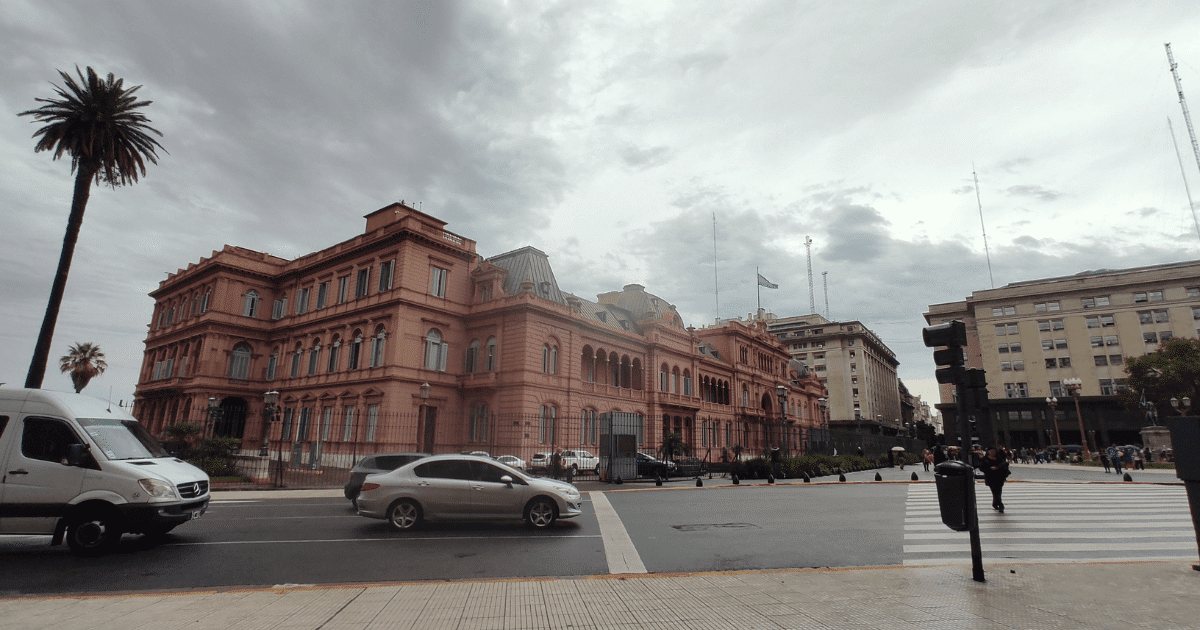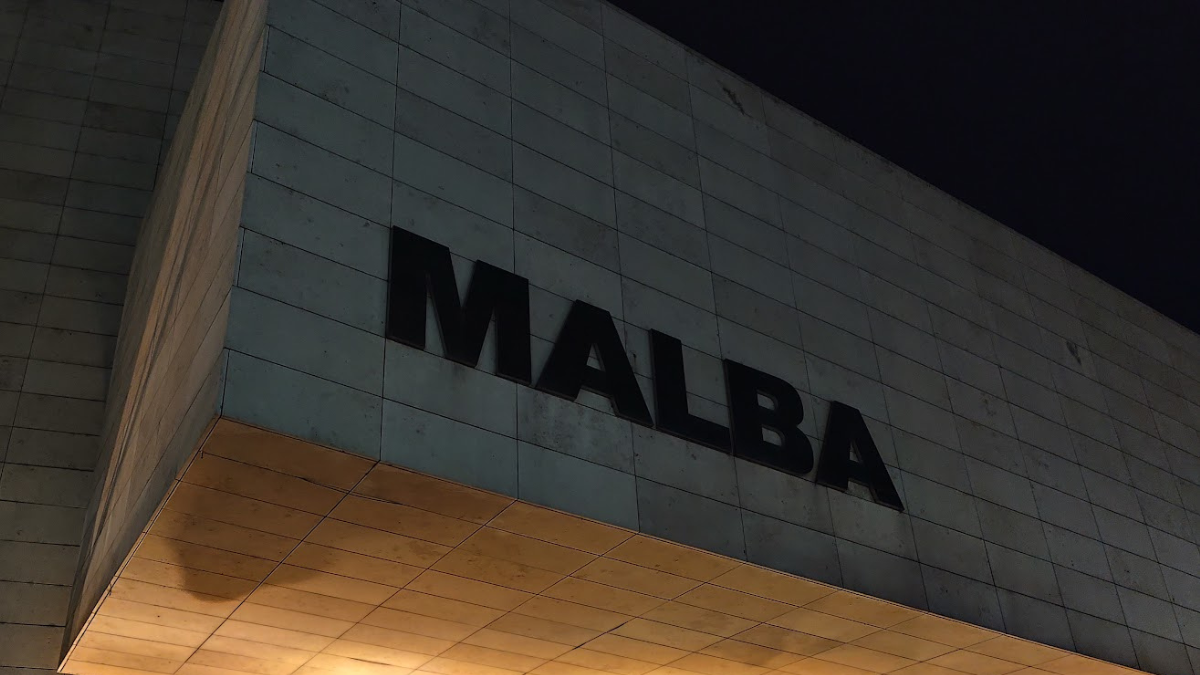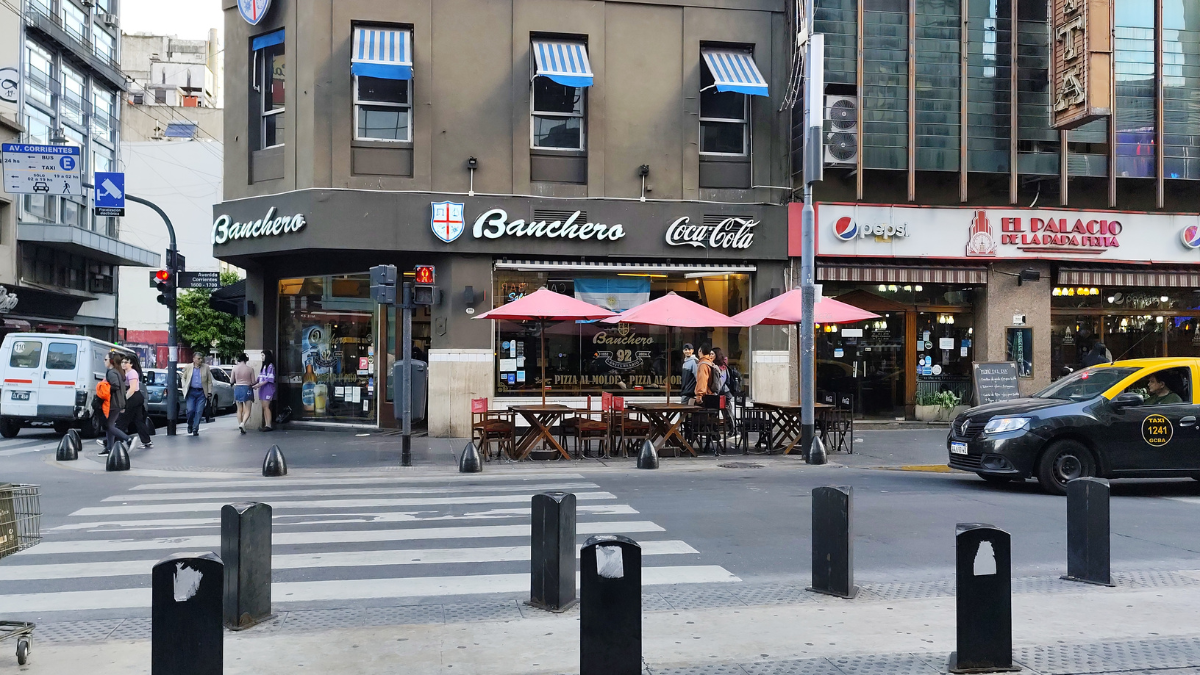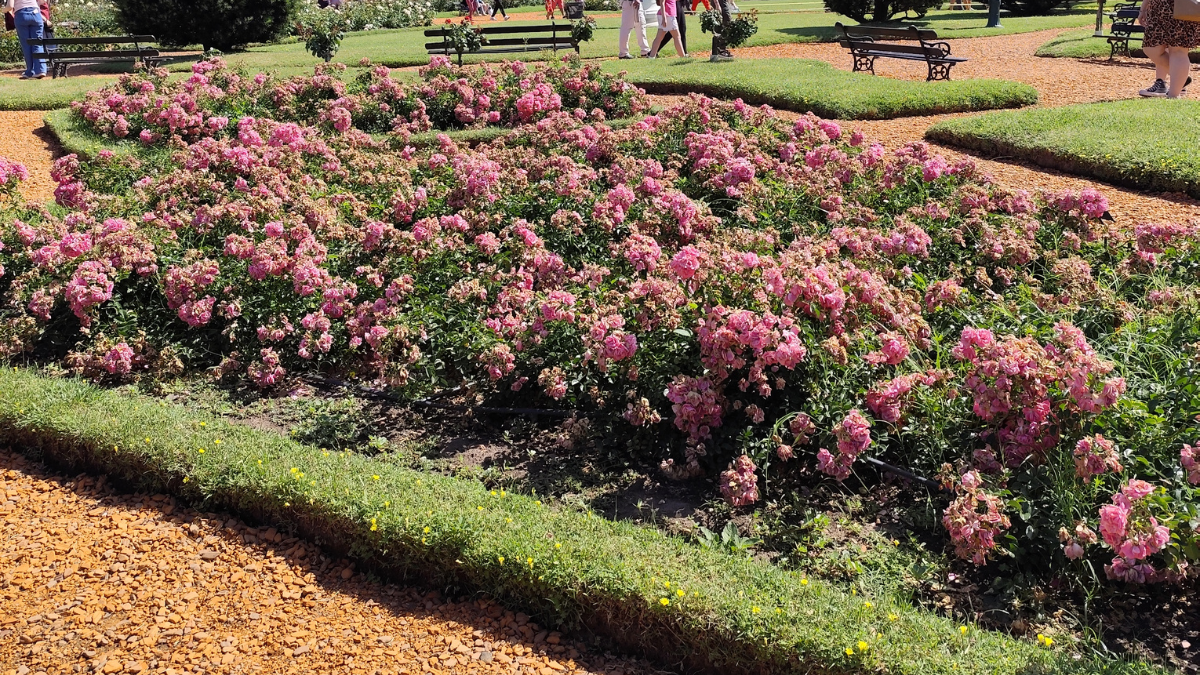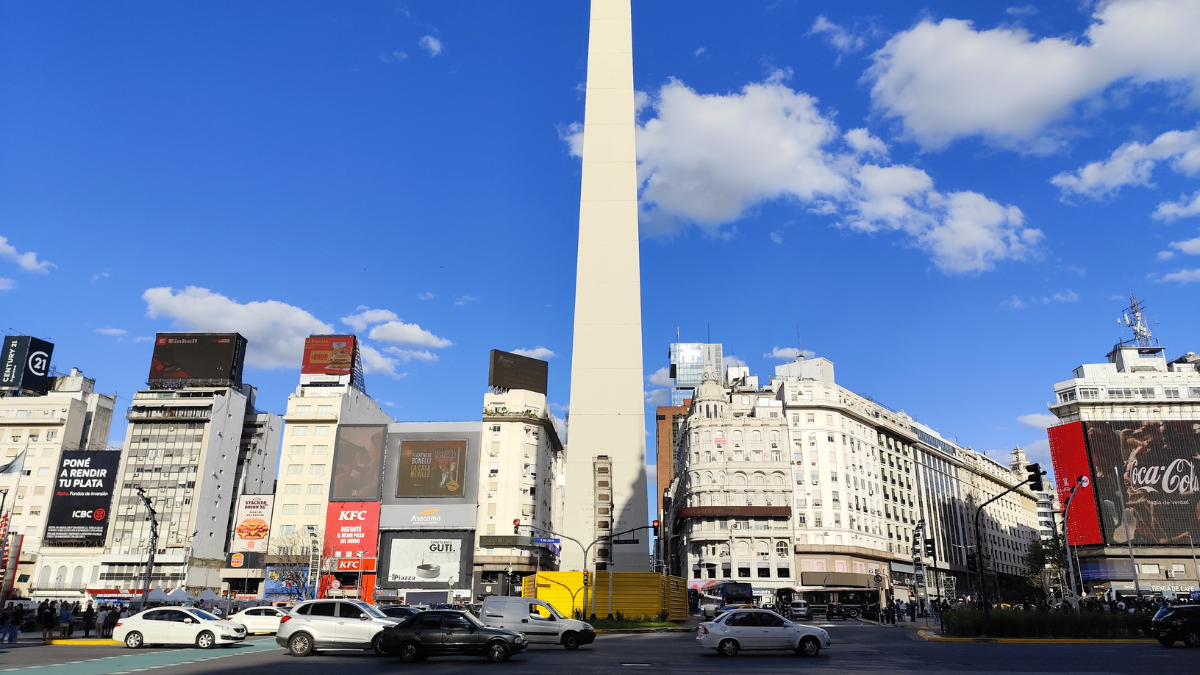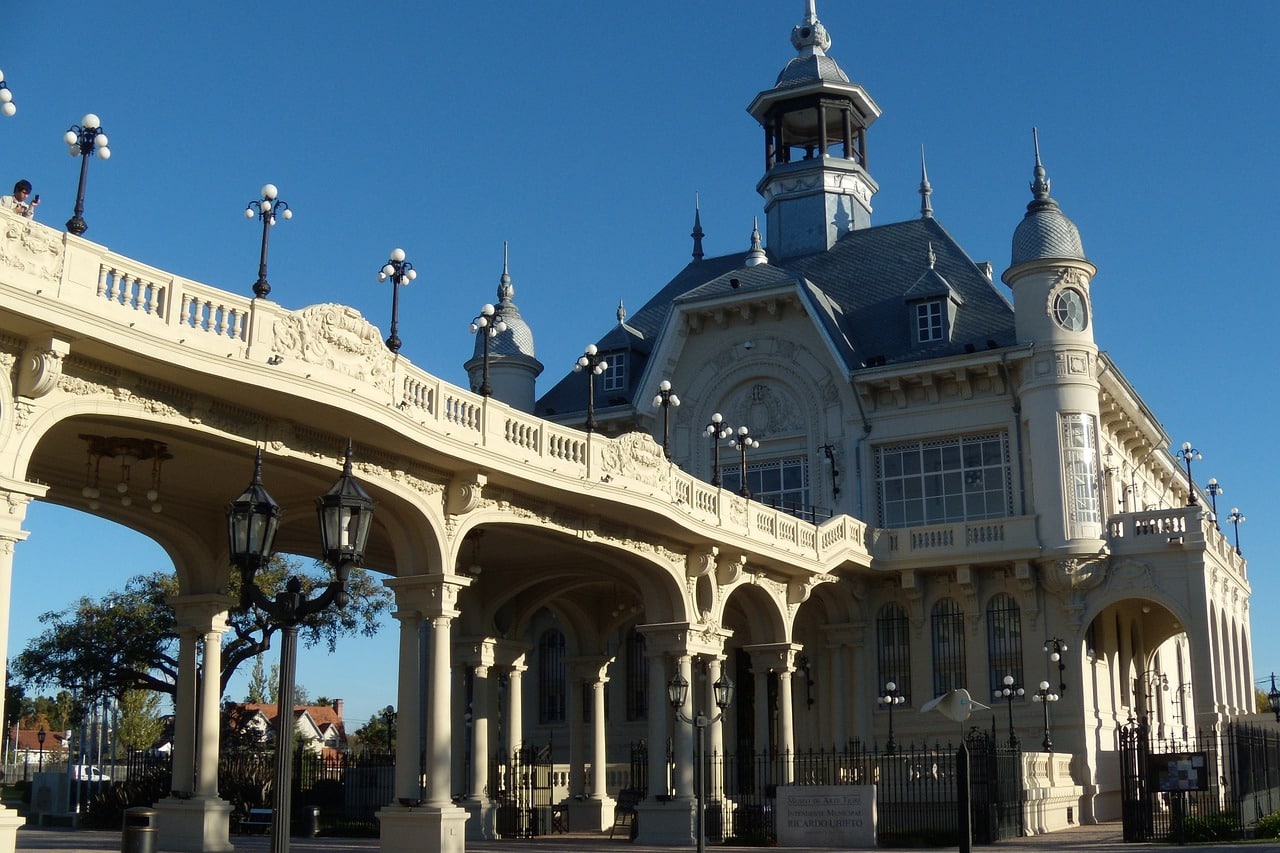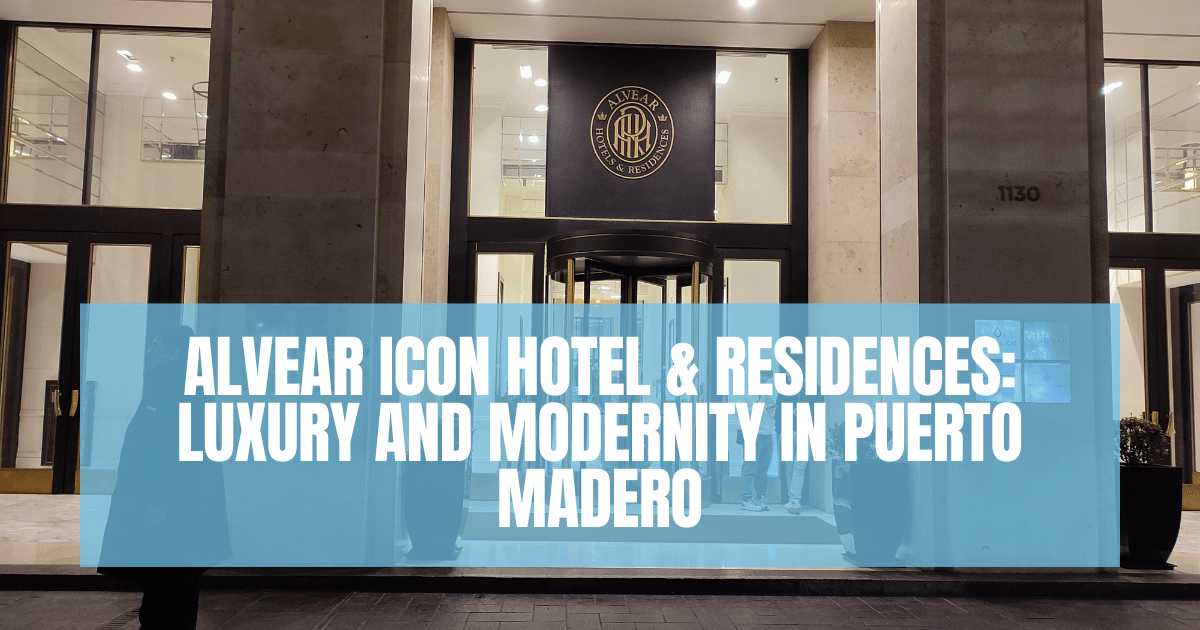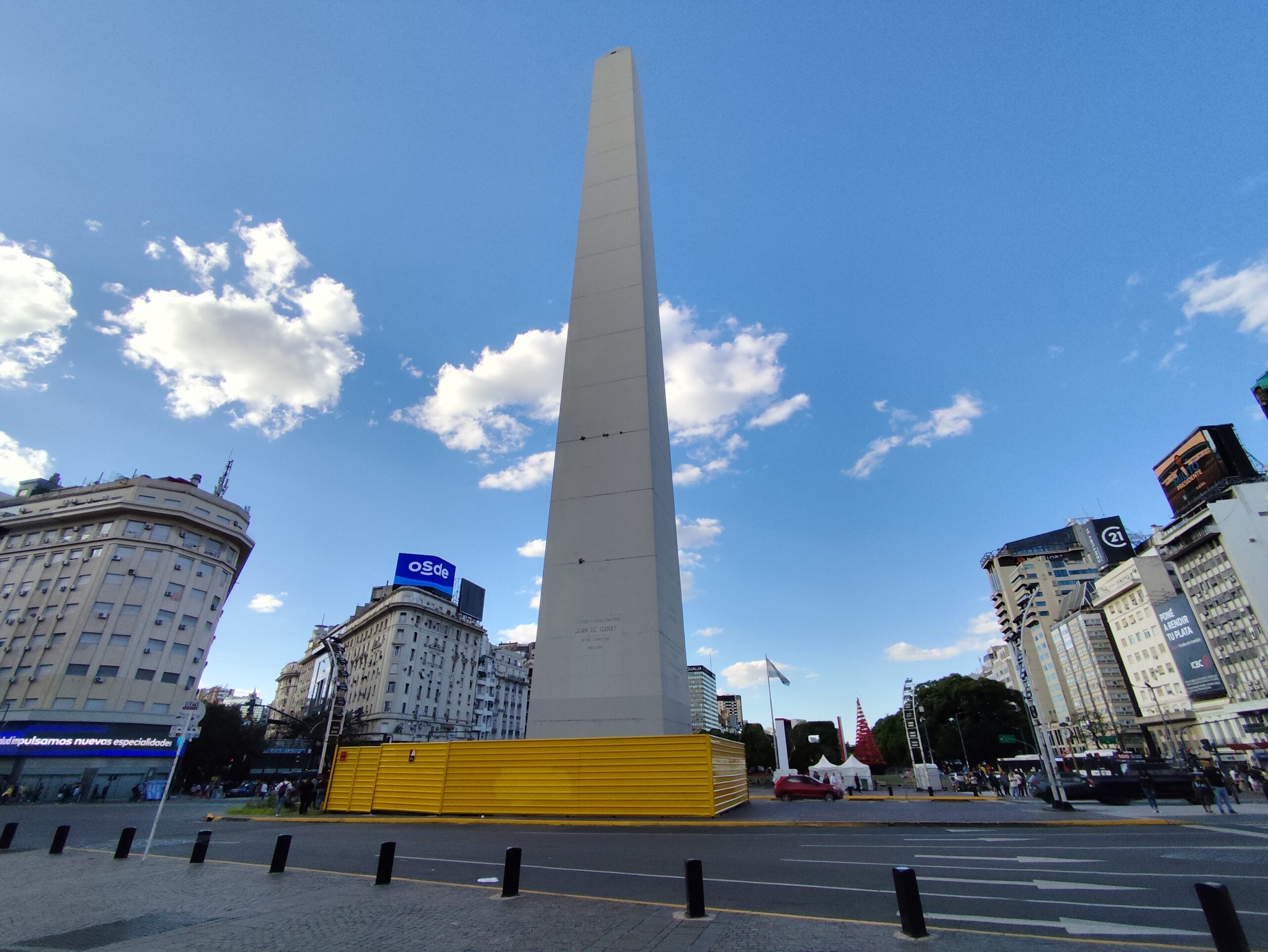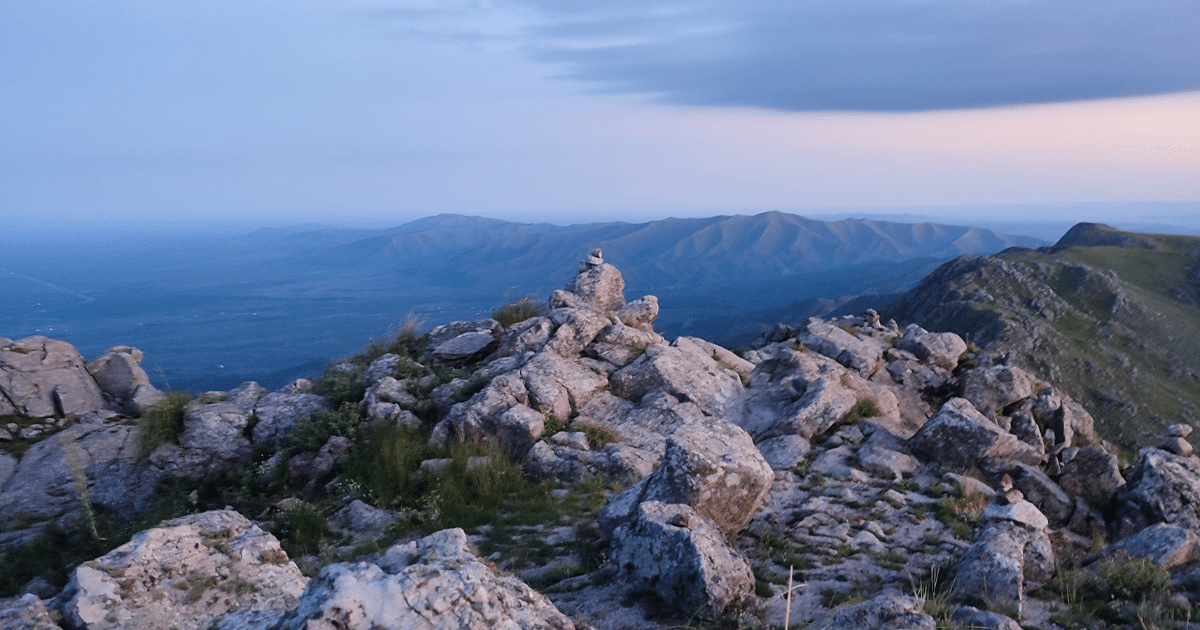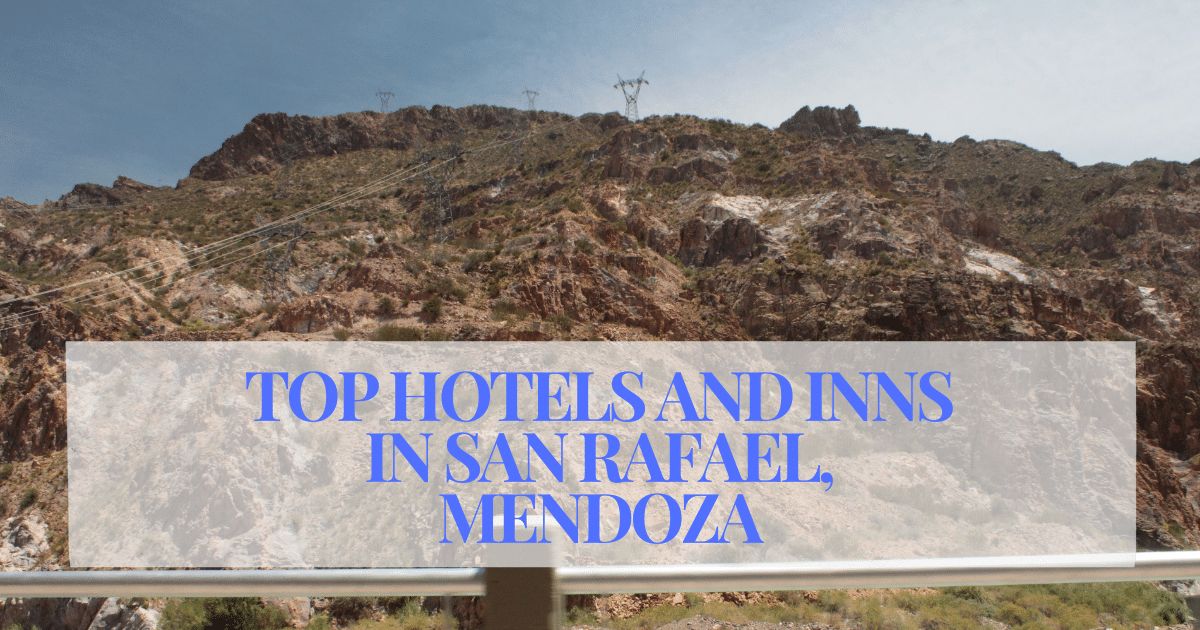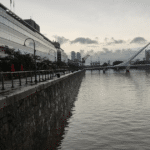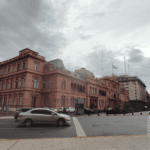Buenos Aires, the pulsating heart of Argentina, beckons travelers worldwide with its captivating blend of European charm and Latin American spirit. This metropolis offers an extraordinary array of things to do, from marveling at iconic landmarks and exploring historic neighborhoods to indulging in world-class cuisine and embracing the city’s contagious energy. Whether you’re a history buff, an art enthusiast, or simply seeking an unforgettable adventure, Buenos Aires promises many experiences to suit every taste and interest. Join us as we uncover the top things to do in Buenos Aires, where every corner promises unforgettable memories.
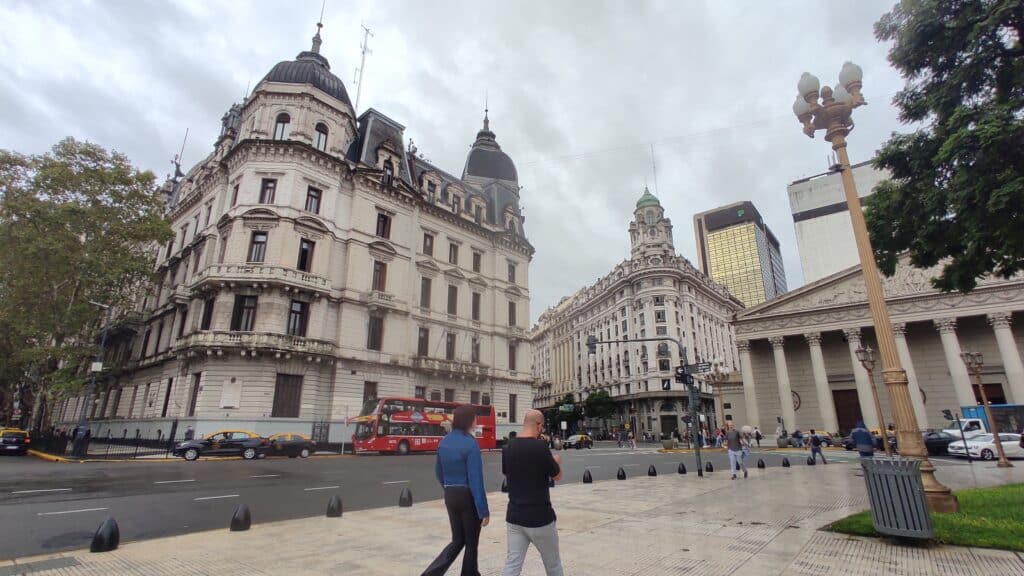
Table of Contents
Plaza de Mayo
The Plaza de Mayo is the historic and political heart of Buenos Aires. It is an open-air museum that has witnessed transcendental moments in Argentina. For tourists, visiting this emblematic space is to delve into the city’s very essence and immerse oneself in its rich history.
This imposing Plaza has been the stage for social and political demonstrations that have shaped the nation’s course, from the historic assemblies of patriots in 1810 to the massive rallies in support of Perón and Evita through the tragic bombings and Galtieri’s iconic defiance during the Falklands War. Today, the indefatigable Mothers and Grandmothers of Plaza de Mayo continue to gather every Thursday to demand justice for their loved ones who disappeared during the military dictatorship.
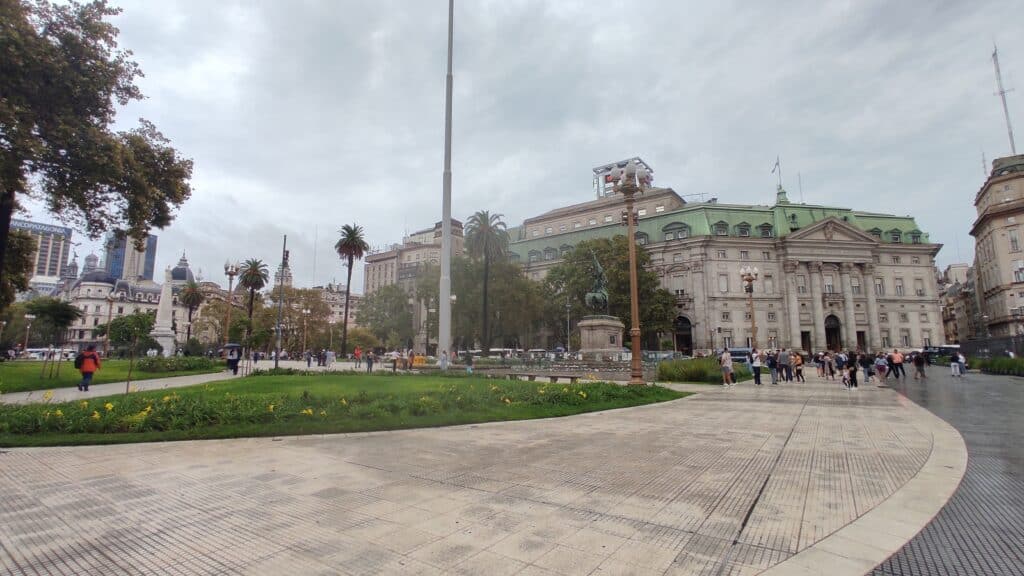
But Plaza de Mayo is not only a symbol of struggle and resistance; it is also a space for celebration and jubilation. Its gardens of multicolored flowers, water fountains, and majestic trees have witnessed sports celebrations, such as the euphoria over the 2022 soccer World Cup victory. Additionally, it is the perfect meeting point to hear the president’s speeches from the emblematic balcony of the Casa Rosada or join peaceful demonstrations in defense of causes.
Casa Rosada
Towering over the iconic Plaza de Mayo, the Casa Rosada – or “Pink House” – is an architectural marvel and the seat of Argentina’s national government, housing the president’s office. This historic edifice has been the stage for many pivotal moments in the city’s history, including the famous balcony that Juan and Evita Perón addressed to the masses during the late 1940s and early 1950s.
For tourists, the Casa Rosada offers a unique opportunity to step inside and explore its storied halls through free guided tours in English and Spanish. Reservations can be made online at the official website, and visitors must bring their passports for entry.
Adjacent to the palace stands the Casa Rosada Museum, built on the site of the original colonial fort of Buenos Aires. This museum delves into Argentina’s rich history, from colonial times to the present, showcasing the remains of the former customs house walls and an acclaimed mural by Mexican artist David Alfaro Siquieros. Open Wednesday through Sunday and on public holidays from 10 a.m. to 6 p.m. (last entry at 5:30 p.m.), the museum offers free admission to all visitors.
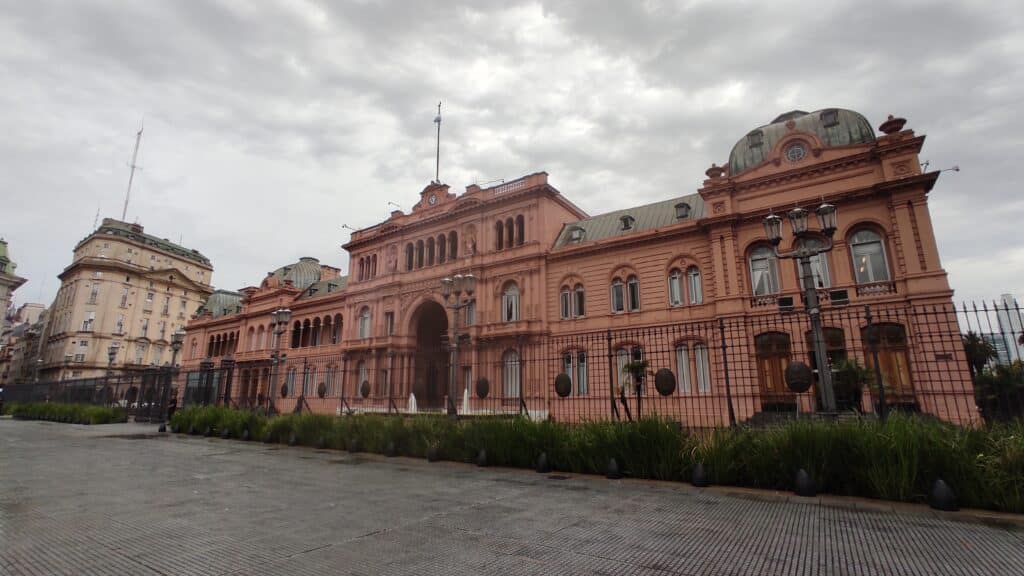
The Casa Rosada’s history is as captivating as its architecture. Constructed on the site of a Spanish fort established in 1580, the building initially served as the residence of the Spanish colonial rulers. After independence, it was redeveloped into a customs house by British architect Edward Taylor before being chosen by President Bartolomé Mitre in 1862 as the seat of his government.
Legend has it that the building’s distinctive pink hue was ordered by President Domingo Faustino Sarmiento, who aimed to diffuse political tensions by mixing the colors of the opposing parties – the Federals’ red and the Unitarians’ white. Another popular explanation suggests that the building was once painted with cows’ blood due to the humidity’s tendency to peel traditional paint.
Obelisco in Buenos Aires
Towering majestically over the iconic Avenida 9 de Julio, the Obelisco de Buenos Aires is an emblematic monument that captures the essence of the city. This colossal obelisk, measuring nearly 70 meters (230 feet) in height, was inaugurated to commemorate the city’s 400th anniversary and has since become a beloved landmark for both locals and tourists alike.
Situated at the heart of the Plaza de la República, also known as the “Plaza del Obelisco,” this iconic structure serves as a natural meeting point and a testament to the city’s grandeur. The obelisk’s strategic location along the renowned Avenida 9 de Julio, one of the world’s widest avenues at 140 meters (460 feet) across, adds to its imposing presence and is a gateway to the city’s numerous attractions.
For visitors, the Obelisco de Buenos Aires offers more than just a stunning photo opportunity. It is a starting point for exploring the city’s rich cultural offerings, with its proximity to notable sites such as the Teatro Colón, the Estación Constitución, and the beautiful Belle Époque-style building that houses the French Embassy.
As you approach the base of the obelisk, you’ll find yourself surrounded by a vibrant atmosphere, with local artists and performers adding to the festive ambiance. Take your time to soak in the energy and admire the intricate details of this architectural marvel, which has become a beloved symbol of Buenos Aires and a must-visit destination for any traveler.
San Telmo Neighborhood
The San Telmo neighborhood is a bohemian gem that captures the essence of Buenos Aires’ rich history and culture. This old quarter, located near the city center, comes alive every Sunday with its famous antiques and artisans’ fair, making it a must-visit destination for those seeking authentic experiences and hidden treasures.
On Sundays, the cobblestone streets of San Telmo transform into a vibrant marketplace, with colorful stalls selling vintage objects, antique jewelry, second-hand books, and street art. The atmosphere is electrifying, with street performers, musicians, and tango dancers breathing life into every neighborhood corner.
But San Telmo is more than just its famous fair. This barrio, with its colonial architecture and bohemian vibe, invites visitors to stroll its streets and soak in the details of its historic buildings and antique shops. Sundays are undoubtedly the liveliest time to visit, but the neighborhood maintains its charm throughout the week, offering a more relaxed pace for those seeking a quieter exploration.
Whether you visit on a Sunday or any other day, San Telmo promises an unforgettable experience. Immerse yourself in the lively artisan markets, admire the whimsical street art, and savor the rich cultural heritage that permeates every corner of this beloved neighborhood.
Palermo Neighborhood in Buenos Aires
The Palermo neighborhood is a true oasis in the heart of Buenos Aires, offering visitors a unique blend of lush green spaces, cultural attractions, and vibrant urban life. This trendy area, divided into sub-neighborhoods like Palermo Soho and Palermo Hollywood, promises an unforgettable experience for every type of traveler.
Within the expansive Bosques de Palermo (Palermo Woods), nature enthusiasts can immerse themselves in a serene escape from the city’s hustle and bustle. The stunning Jardín Botánico (Botanical Garden) showcases over 6,000 species of trees, plants, and flowers from Argentina and worldwide, carefully organized and classified according to their origin. Magnificent sculptures, busts, and monuments adorn the multiple pathways, adding to the garden’s charm.
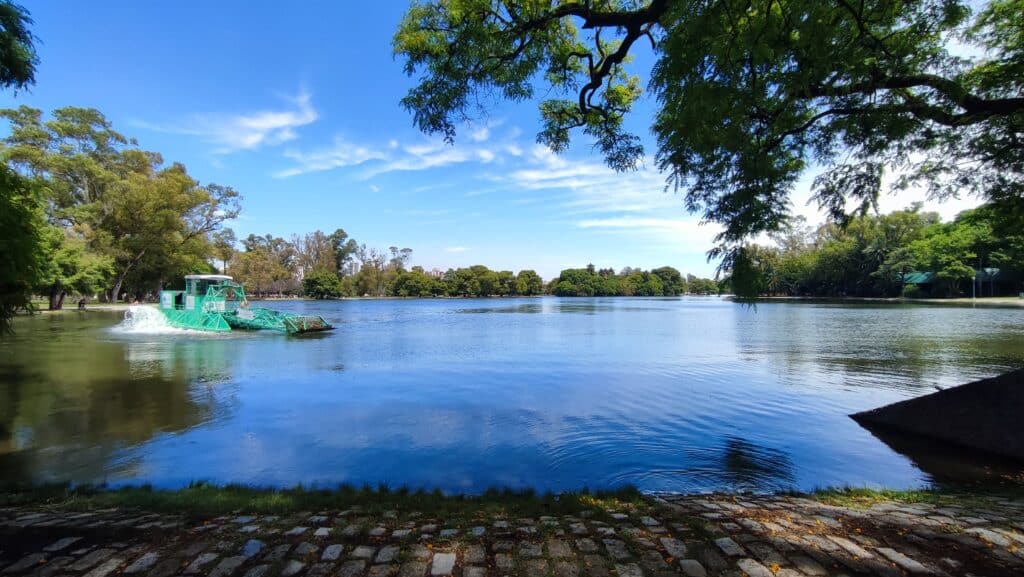
A short distance away lies the Jardín Japonés (Japanese Garden), a wonderful space that embodies the harmony and symbolism of Oriental culture. Visitors can admire the diverse oriental trees and plants, explore the bonsai nursery, visit the cultural center and library, and marvel at the central lake teeming with vibrant koi fish.
For a unique astronomical experience, the futuristic Planetario Galileo Galilei offers a captivating journey through the origins of the solar system, galaxies, and the universe. Visitors can observe ammonite fossils embedded in the pathways and meteorites that landed on Earth thousands of years ago.
Nature lovers can also enjoy the Rosedal de Palermo (Rose Garden), where thousands of roses bloom, filling the air with delicate fragrances and creating a stunning visual spectacle. This grand garden boasts a lake, an Andalusian courtyard, fountains, walking trails, and busts of renowned writers. Still, its crown jewel is the Puente Blanco (White Bridge) or the “Lovers’ Bridge,” where legend has it that couples who wish to protect their love should hold hands, step onto the first step with their right feet, and seal their love with a kiss at the midpoint.
Puerto Madero
Puerto Madero, a true urban oasis nestled along the banks of the Río de la Plata, is a must-visit destination for travelers seeking a unique blend of culture, architecture, gastronomy, and outdoor activities in Buenos Aires. This vibrant neighborhood offers an array of experiences that will captivate visitors of all interests.
Embark on a stroll along the historic docks, now transformed into pedestrian walkways, and witness the harmonious coexistence of modern architecture and repurposed port structures. Admire panoramic views of the river, watch rowers and sailboats gracefully glide by, and soak in the relaxing ambiance of this rejuvenated waterfront district.
Art enthusiasts will find their haven at the Colección de Arte Amalia Lacroze de Fortabat, a private museum housing an impressive collection of Argentine and international artworks. From impressionist paintings to contemporary sculptures, this cultural gem offers a captivating journey through various artistic styles and movements.
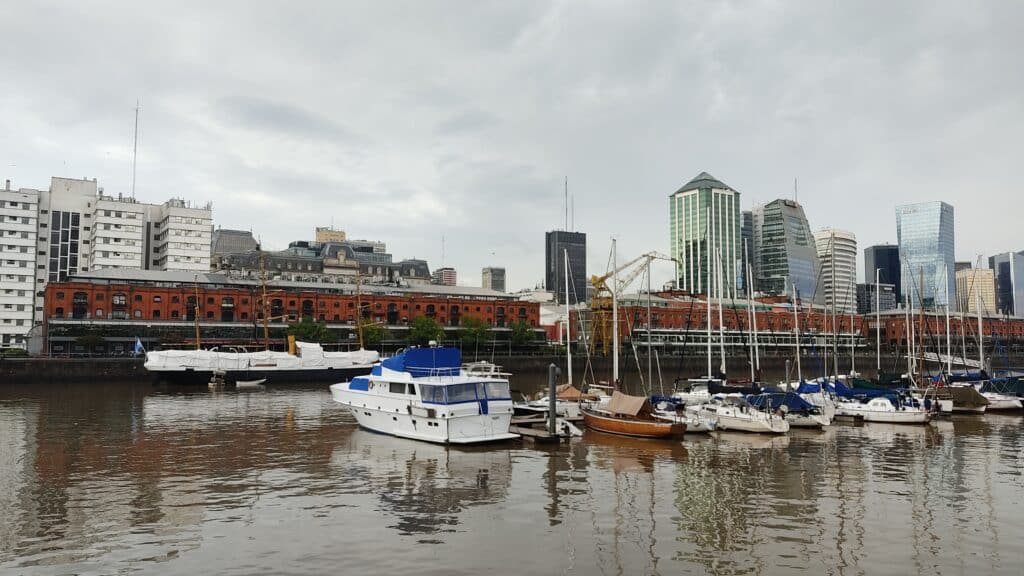
A visit to Puerto Madero would only be complete with marveling at the iconic Puente de la Mujer (Woman’s Bridge), designed by renowned architect Santiago Calatrava. This striking pedestrian bridge, with its sinuous curves evoking the form of a dancing woman, is a true architectural masterpiece and a symbol of the neighborhood.
For those fascinated by maritime history, the Museo Fragata Sarmiento and the Corbeta Uruguay offer immersive experiences aboard these historic vessels. Explore the decks, cabins, and machinery rooms and gain insight into the lives of sailors and Argentina’s rich naval traditions.
Nearby, the Reserva Ecológica Costanera Sur provides a serene escape into nature. With its walking trails, native vegetation, and diverse birdlife, it offers a tranquil respite from the urban bustle.
Finally, prepare to be mesmerized by the Fuente de las Nereidas, a stunning outdoor sculpture depicting the mythological sea nymphs in a majestic dance. This artistic fountain in the Plaza de las Naciones Unidas is a photogenic highlight and a testament to Puerto Madero’s dedication to integrating art into its public spaces.
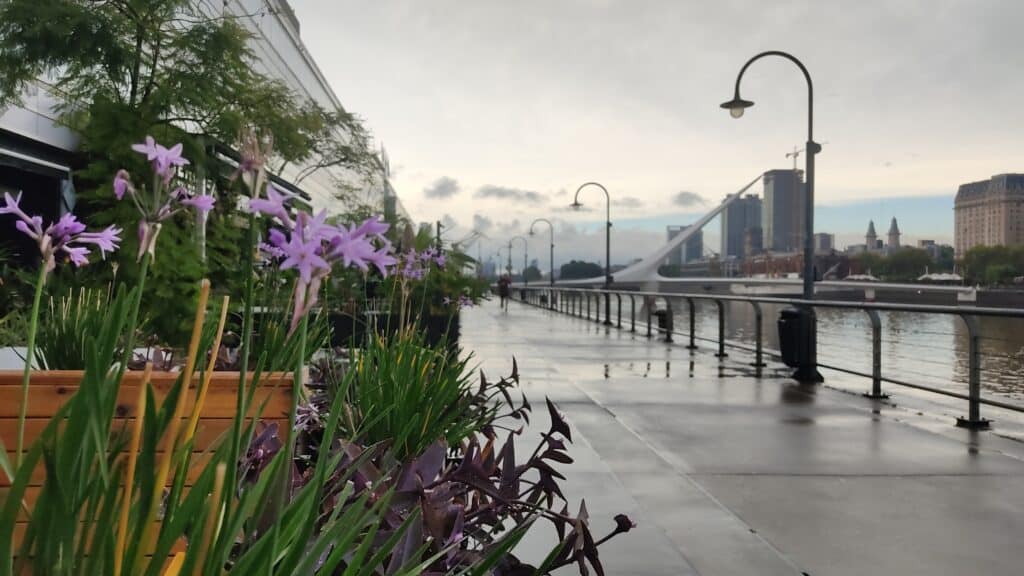
Buenos Aires, the captivating capital of Argentina, beckons travelers with its rich cultural heritage, architectural marvels, and vibrant neighborhoods. From iconic plazas and museums to trendy gastronomy districts and serene green spaces, this cosmopolitan city offers an extraordinary array of experiences for every kind of traveler.
Begin your journey at the historic Plaza de Mayo, a testament to Argentina’s turbulent past and a gathering place for pivotal events. Marvel at the imposing Casa Rosada, the presidential palace, and explore its adjacent museum, which delves into the nation’s history. Nearby, the iconic Obelisco de Buenos Aires stands tall, beckoning visitors to explore the city’s heart.
Venture into the bohemian neighborhood of San Telmo, where a vibrant weekly antique fair transforms the cobblestone streets into a lively marketplace. Admire the colorful street art, browse the antique shops, and savor the authentic tango performances that fill the air.
Palermo, a trendy and vibrant district, offers a unique blend of urban charm and lush greenery. Wander through the chic boutiques and lively cafés of Palermo Soho, or escape to the tranquil oasis of the Bosques de Palermo, home to the enchanting Japanese Garden, the expansive Botanical Garden, and the picturesque Rose Garden.
Explore the revitalized Puerto Madero neighborhood, a former dockland area now brimming with modern architecture, art galleries, and gastronomic delights. Stroll along the historic docks, marvel at the iconic Puente de la Mujer, and immerse yourself in maritime history at the Museo Fragata Sarmiento and the Corbeta Uruguay.
For a taste of the city’s artistic soul, visit the Colección de Arte Amalia Lacroze de Fortabat, a private museum housing an impressive collection of Argentine and international artworks, or lose yourself in the mesmerizing Fuente de las Nereidas sculpture in Puerto Madero.
From the vibrant tango scene to the mouthwatering culinary offerings, from historic landmarks to cutting-edge architecture, Buenos Aires promises an unforgettable experience for every traveler.

